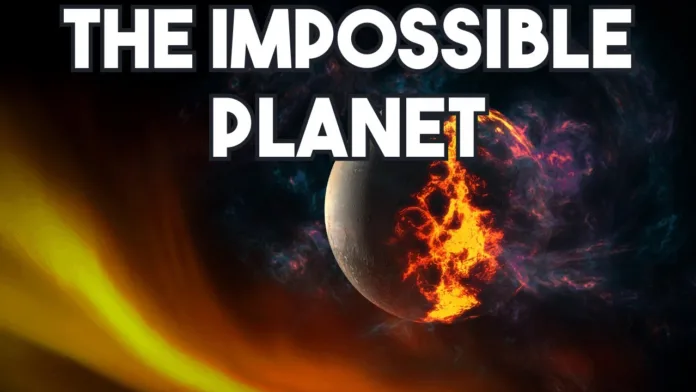Penn state researchers unearth planet defying known laws of celestial formation
In a cosmic revelation that challenges the conventional wisdom of celestial formation, scientists at Penn State are grappling with the discovery of a planet deemed “too big to exist.” Unveiling their findings in the journal Science on November 30, researchers report an unprecedented celestial anomaly—a planet over 13 times the mass of Earth orbiting the ‘ultracool’ star LHS 3154, a star nine times less massive than our Sun. This celestial misfit challenges established models of planetary genesis, pushing scientists to reassess fundamental assumptions about the birth of planets and their alignment within solar systems.
The press release highlights the perplexing mass ratio between the colossal planet and the diminutive ‘ultracool’ dwarf star—100 times greater than Earth’s analogous ratio with the Sun. Previously considered implausible, this unexpected discovery forces a paradigm shift in the understanding of planetary formation. Suvrath Mahadevan, a co-author of the study and the Verne M. Willaman Professor of Astronomy and Astrophysics at Penn State, underscores the profound implications, stating, “This discovery really drives home the point of just how little we know about the universe.”
Conventional celestial knowledge asserts that stars form from expansive clouds of gas and dust, leaving behind disks of material that evolve into planets. The unexpected presence of a massive planet around the low-mass star LHS 3154 defies established expectations. Mahadevan explains, “The planet-forming disk around the low-mass star LHS 3154 is not expected to have enough solid mass to make this planet. But it’s out there, so now we need to reexamine our understanding of how planets and stars form.”
Mahadevan employs a captivating analogy, likening the star to a campfire. As the celestial “fire” cools down, planets must draw closer to maintain warmth, challenging traditional notions of habitable zones. The discovery prompts a fresh evaluation of the dynamics between ultracool stars and orbiting planets, necessitating a reconsideration of current models.
In unraveling the mysteries of this cosmic anomaly, scientists are humbled by the realization that the universe holds surprises that defy our existing comprehension. This discovery opens a new chapter in the exploration of distant realms, urging researchers to embrace the unknown and reevaluate established cosmic paradigms.
